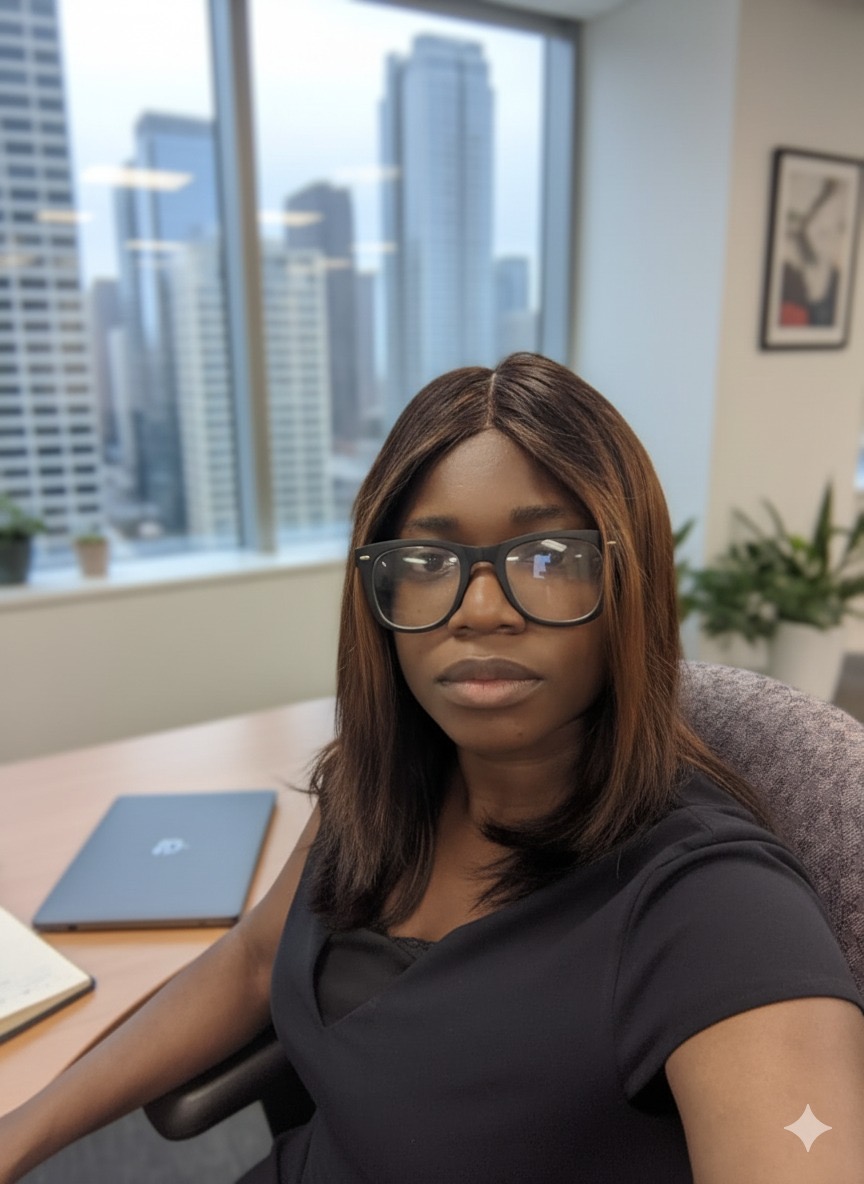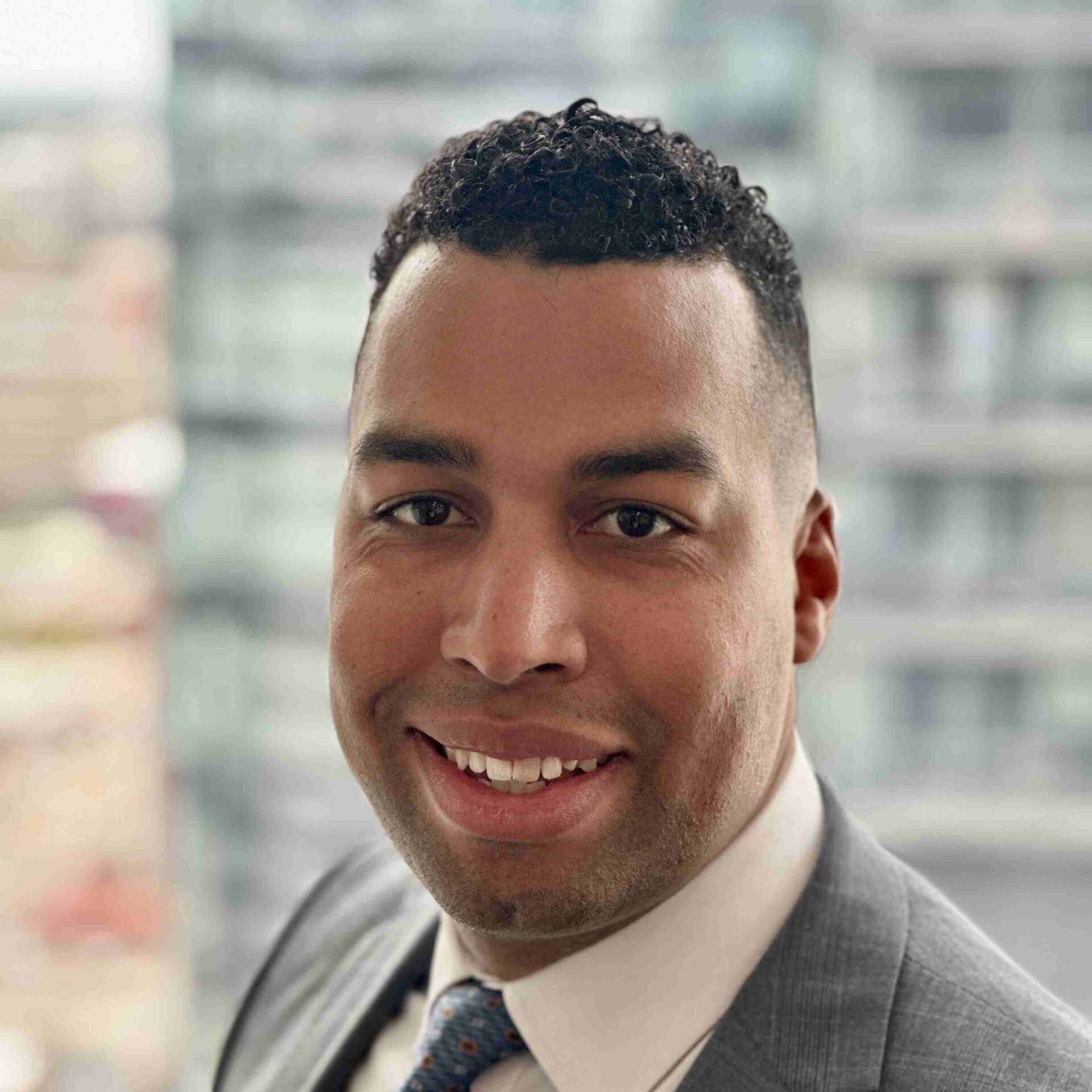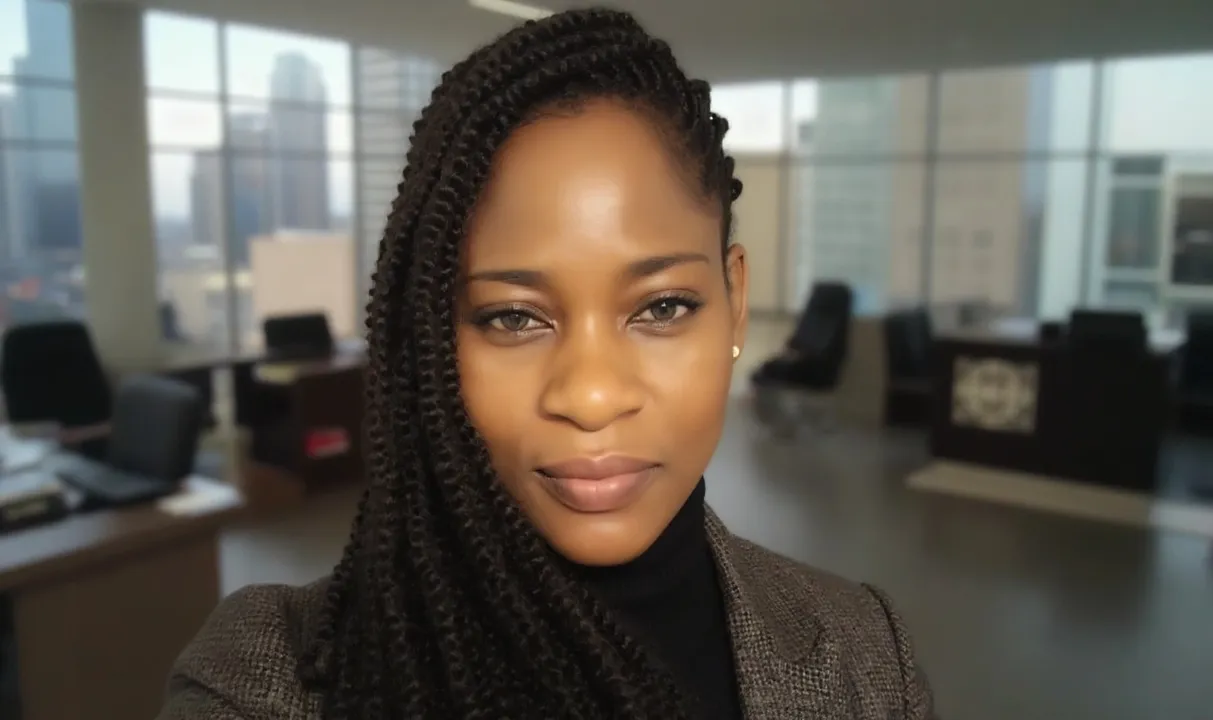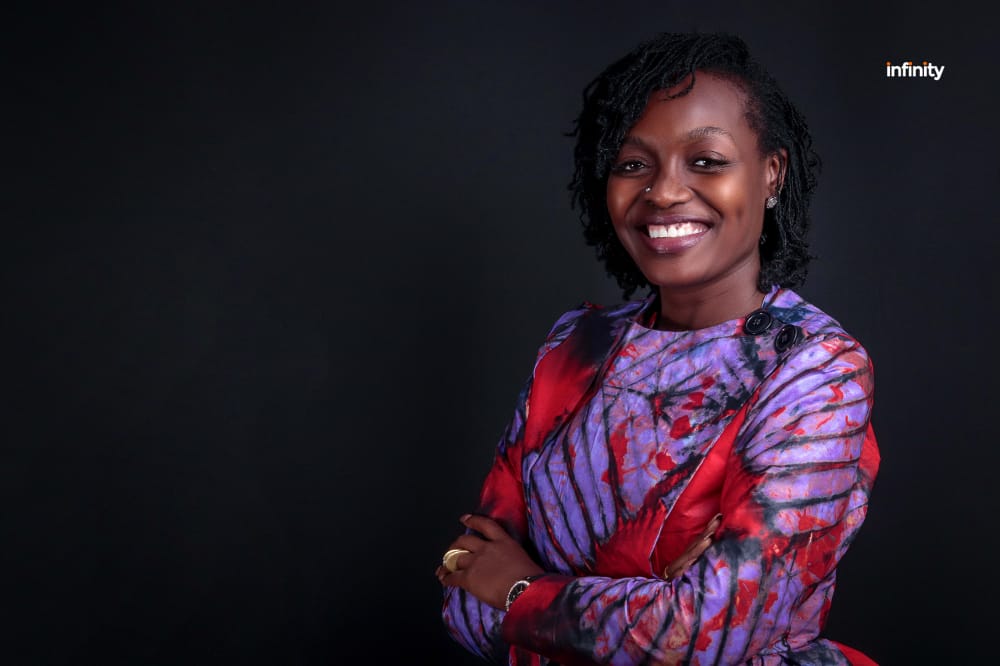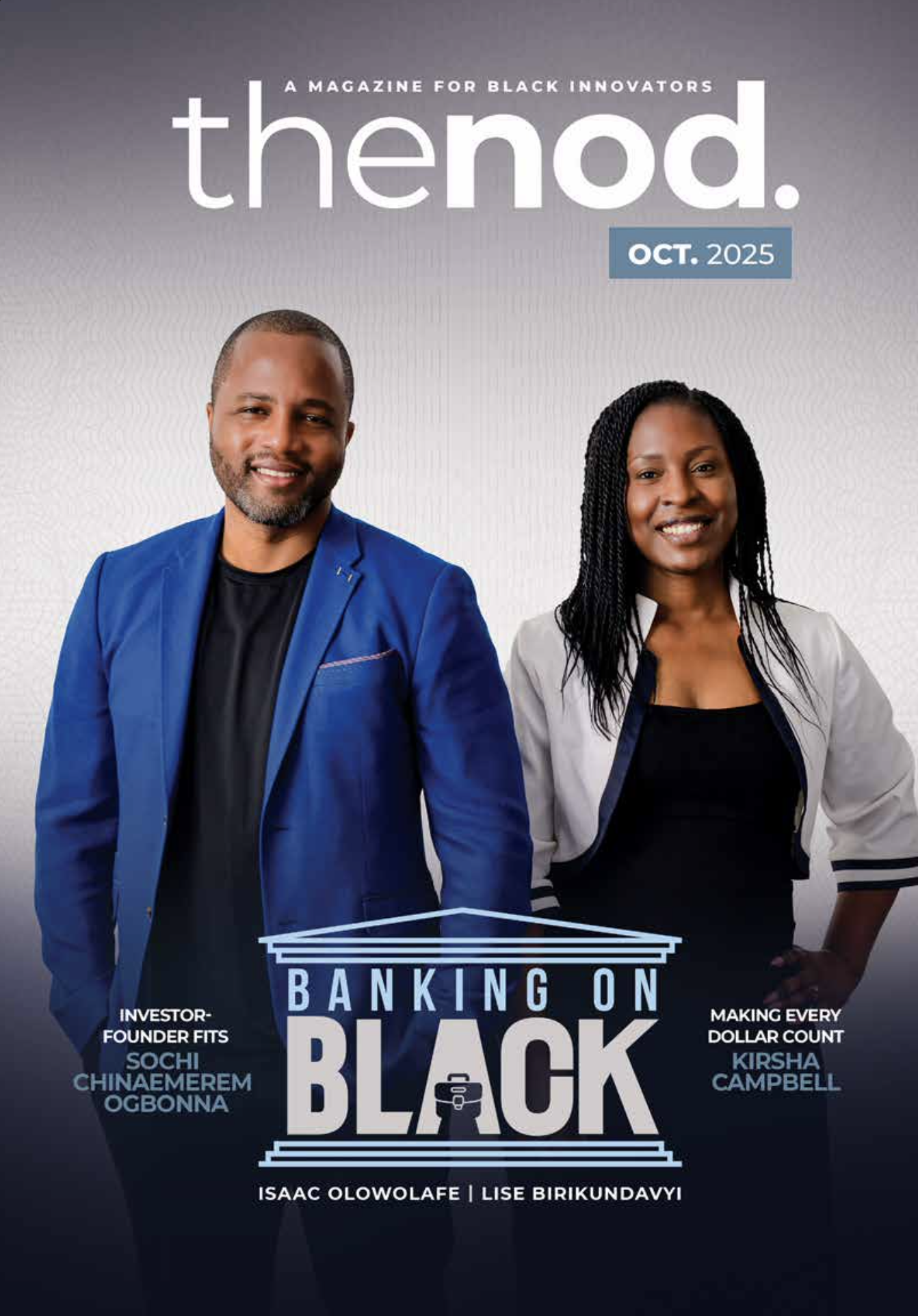The current talent recruitment strategy is outdated. Outdated systems need rewrites, not upgrades. In my work as a cultural strategist across Africa and North America, I’ve watched recruitment processes mirror dominant cultural norms more than the communities organizations claim to serve. That dissonance creates a quiet but significant exclusion.
Too often, we say we want diversity while holding fast to systems designed for sameness. We use language, tools, and assumptions that reflect a narrow worldview, then act surprised when our talent pools lack variety. If we keep asking the same questions, using the same platforms, and evaluating talent by the same metrics, we’ll keep reproducing the same results. It’s time to shift that energy.
Culture Is Strategy
Culture isn’t decorative. It’s not to be slapped on brochures to make our teams look good. It is core to how we build, who we include, and how we define success. Applying cultural strategy to recruitment means asking different questions. Stop asking, “Can this person do the job?” Rather, ask, “Do our hiring processes allow this person to show how they get things done in their own way?”
One of the most pervasive blind spots I encounter is the idea that professionalism has a single tone, posture, and rhythm. In many cultures, humility, storytelling, and collective success are valued far more than self-promotion.
Our systems often prize individualism, confidence, and linear career paths. So, when someone communicates differently, speaking with the community in mind, or when their achievements come from informal or non-Western networks, they’re too often overlooked. That isn’t a talent gap. That’s a vision gap.
Rethinking the Hiring Ecosystem
Platform bias is another culprit. If you only post jobs on LinkedIn or recruit from a handful of elite schools, you’re fishing in the same pond and wondering why the fish all look alike. We need to think broader. Where do we show up, how do we invite people in, and what cues do we give off?
Language is part of that ecosystem. I notice red flags in job descriptions all the time. Terms like “rockstar,” “aggressive,” or “fast-paced” can signal exclusion to those who come from collaborative or values-driven cultures. Who are we talking to when we use this language? Who feels welcome? Who feels like they have to decode the message just to apply?
Visual representation is crucial, too. If your hiring materials only show one type of person, or one version of “professionalism,” you’re not signaling belonging, you’re setting up boundaries. I’ve worked on recruitment campaigns where we swapped the tone from “Apply now” to “Share your story.” That simple change invited people in rather than evaluating them from a distance. The results were powerful: more diverse applicants, more trust, and more authentic engagement.
- Audit your pipeline.
Who’s applying? Who’s getting interviews? Who’s getting hired? Look at the data by race, gender, and geography, and don’t flinch. The numbers will tell you what your instincts may have been whispering all along.
- Revisit your language.
Ask someone outside your immediate circle to review your job descriptions for bias and accessibility. Are you inviting people in or unintentionally screening them out?
- Expand your networks.
Partner with schools, platforms, and communities you haven’t tapped before. If your usual circles aren’t diverse, it’s time to step outside them.
- Diversify your hiring panels.
We hire in our image more often than we realize. When everyone at the table looks the same, the decisions usually do, too.
- Honour lived experience.
A non-linear resume, an international degree, and a few years as a caregiver. These aren’t red flags. They’re real life, showing resilience. And in many cases, they’re the very experiences that make someone a valuable team member.
In Canada, especially, we need to question the knee-jerk dismissal of non-Western credentials. Accent bias is real. And it’s time we stop equating performance with potential. Some of the most brilliant people I’ve met were passed over because their brilliance didn’t come in the package employers expected. If we say we want inclusion, we have to change our values.
AI Won’t Save Us, But It Can Serve Us
Many recruitment tools are trained on biased data, which means they can replicate discrimination at scale. Just because something is automated doesn’t mean it’s objective. If your AI tool learns from a narrow set of hiring decisions, it will continue to prefer the same profiles. That’s not innovation. That’s repetition.
But there’s a bright side. The more people from underrepresented communities engage with AI tools, the more we can influence the data sets, language models, and outcomes. Cultural equity in tech entails getting more diverse faces into the room and shaping the room itself.
We must be active participants in this technology, not users, but shapers. Let’s feed these systems our words, our rhythms, our stories. Let’s make sure the digital mirrors we’re building reflect who we are.
If I Could Rewrite the Script
If I could start from scratch, recruitment would look radically different. Interviews would be conversations, not tests. Candidates wouldn’t feel like they’re auditioning for a part; they’d feel like they’re entering into a relationship. We’d look for qualities like curiosity, adaptability, and lived insight rather than credentials and connections alone.
And we’d stop mistaking polish for potential. Some of the best team members are not professional interviewees. They are quiet strategists, multi-lingual immigrants, empathetic caregivers, and community builders. Still, they are invisible in processes that demand a singular way of presenting. That’s why I insist that we need a system rewrite, not an upgrade. Inclusion begins with reimagining who belongs at the table in the first place.





